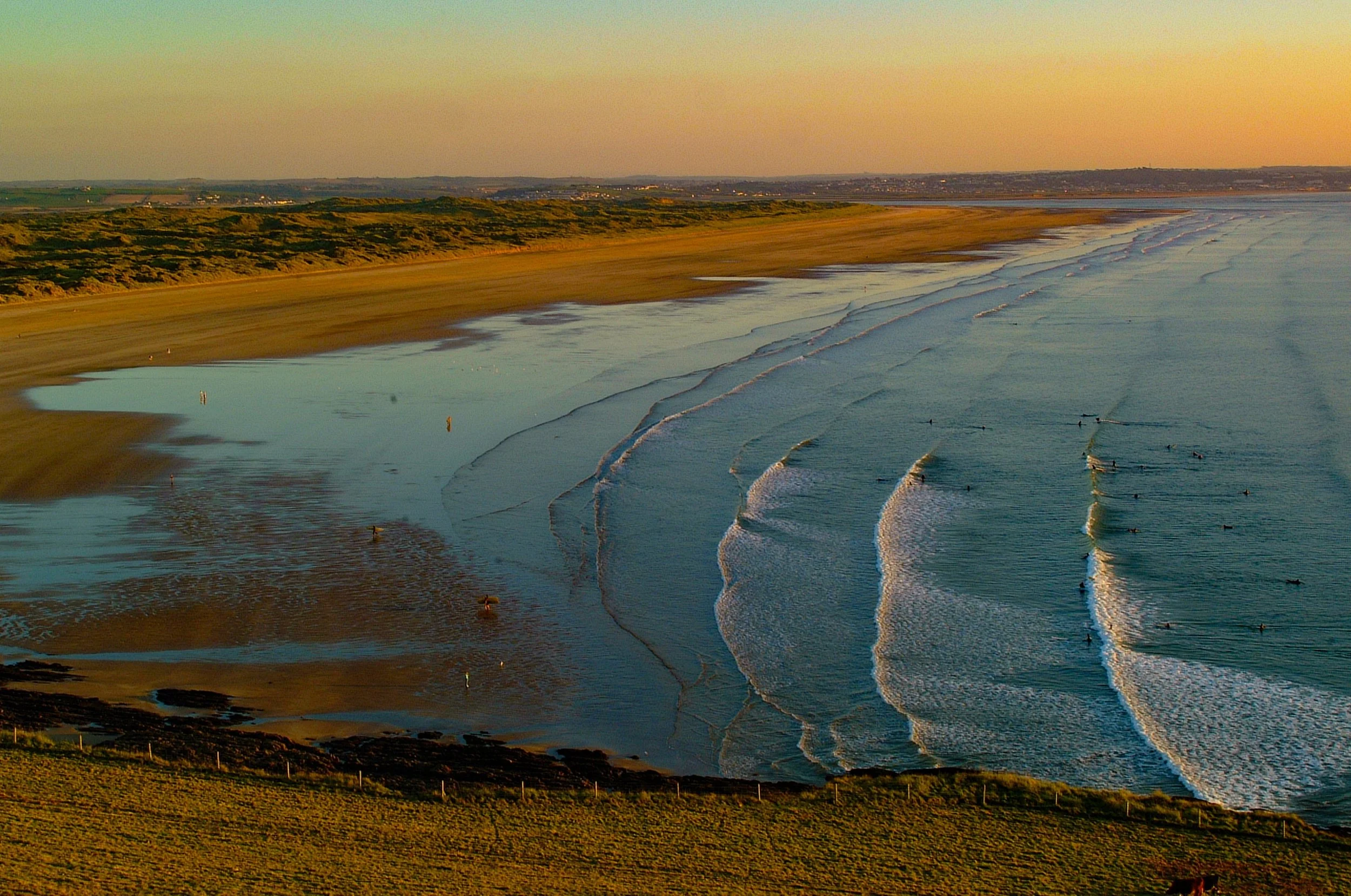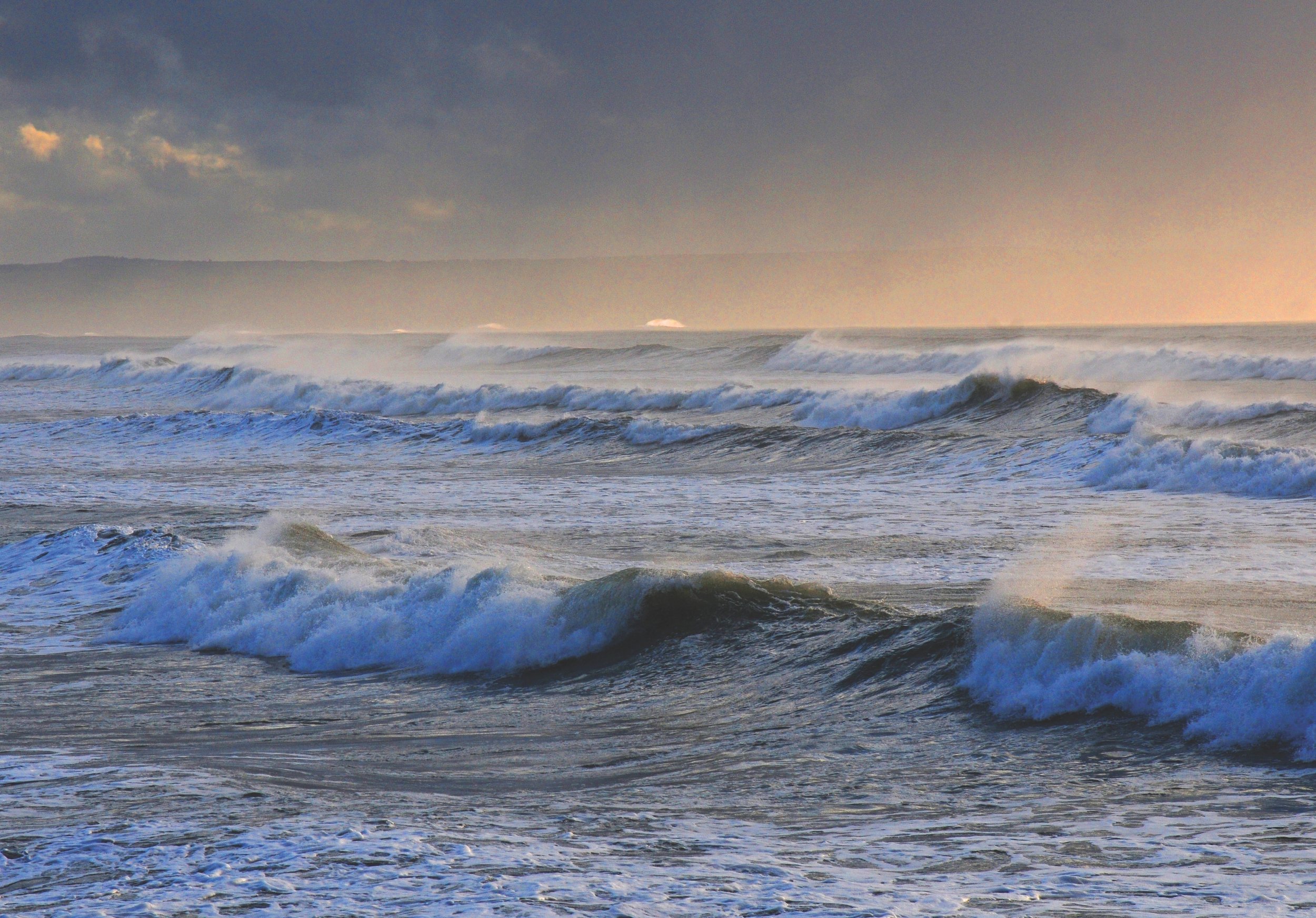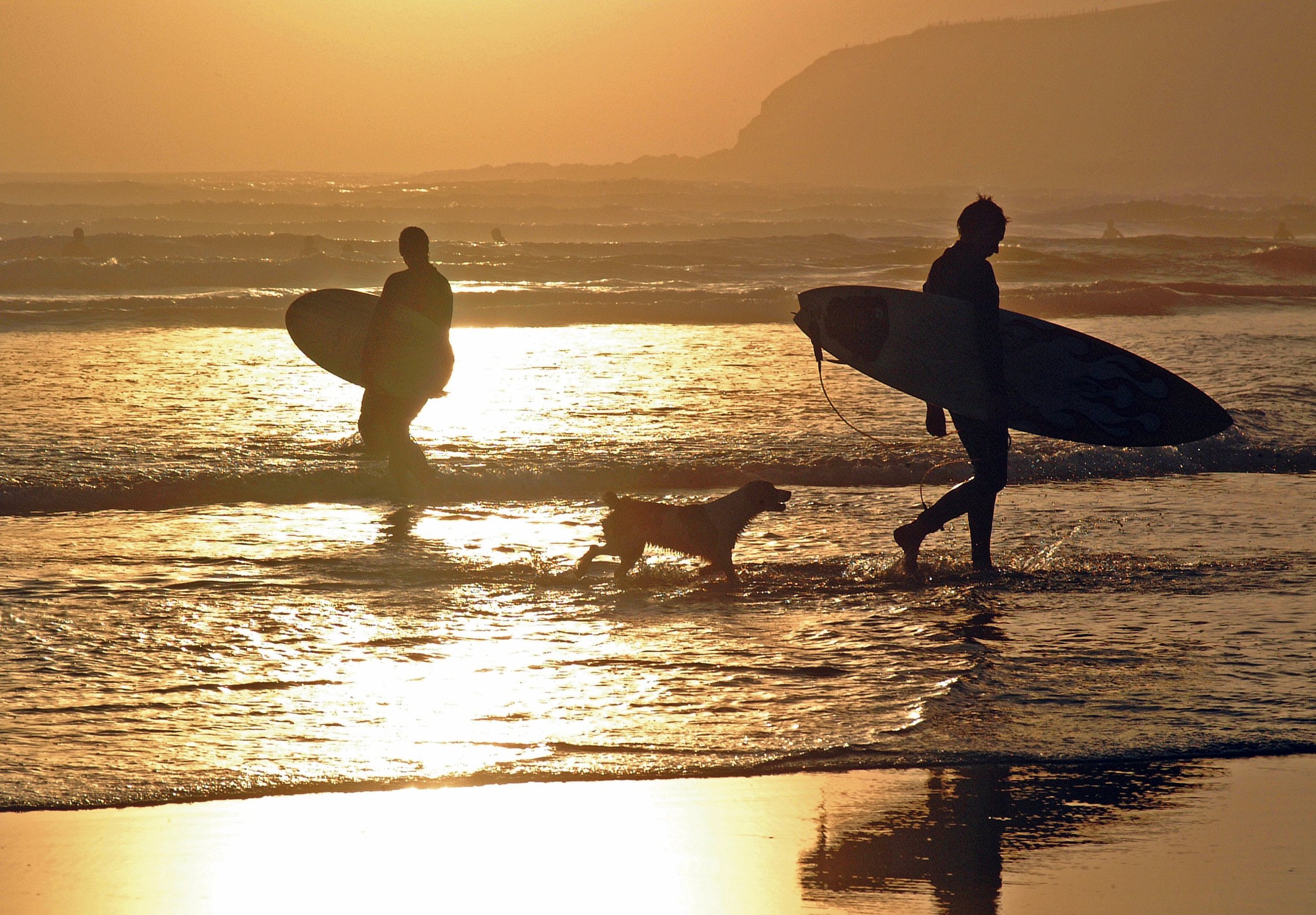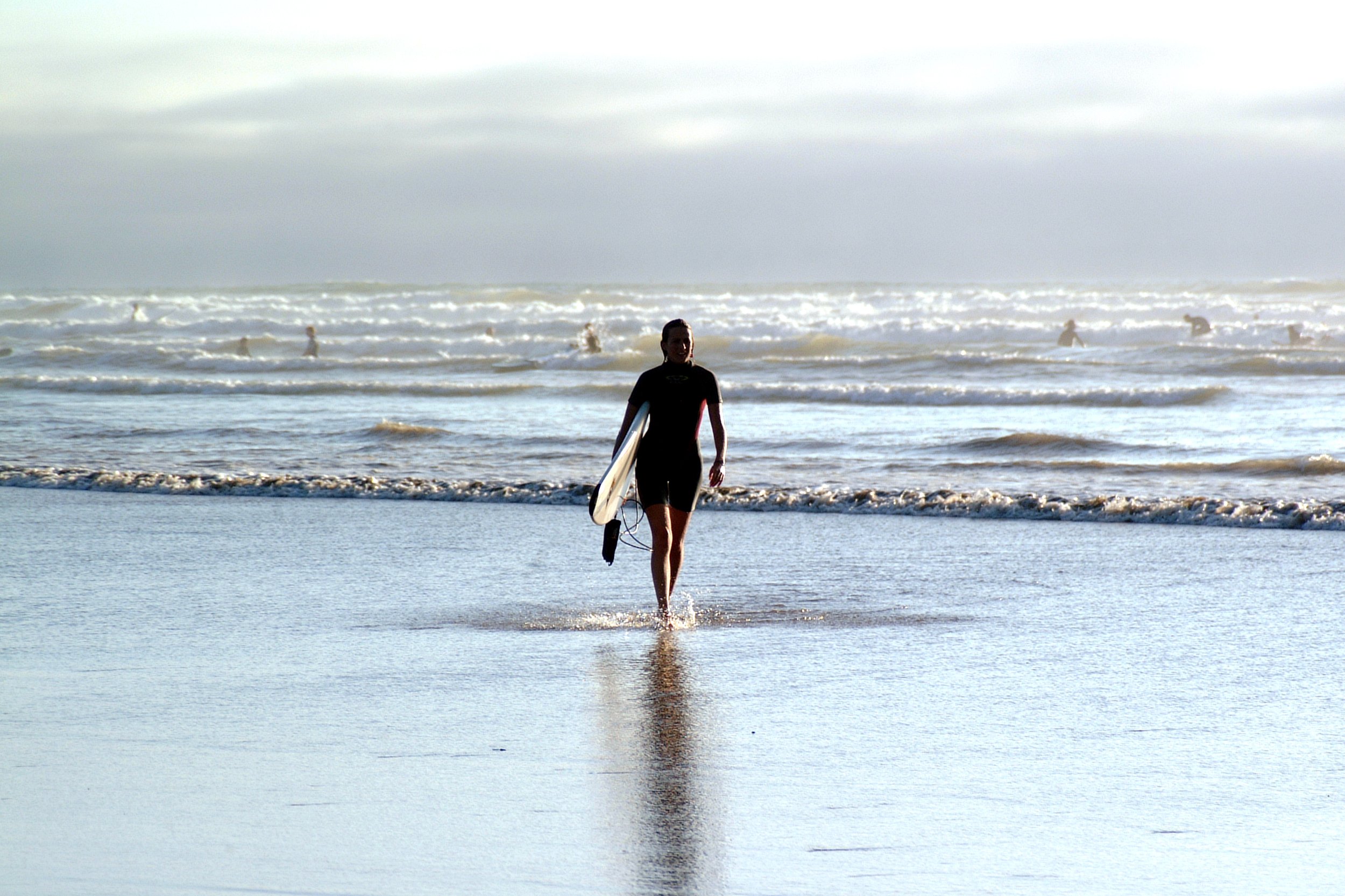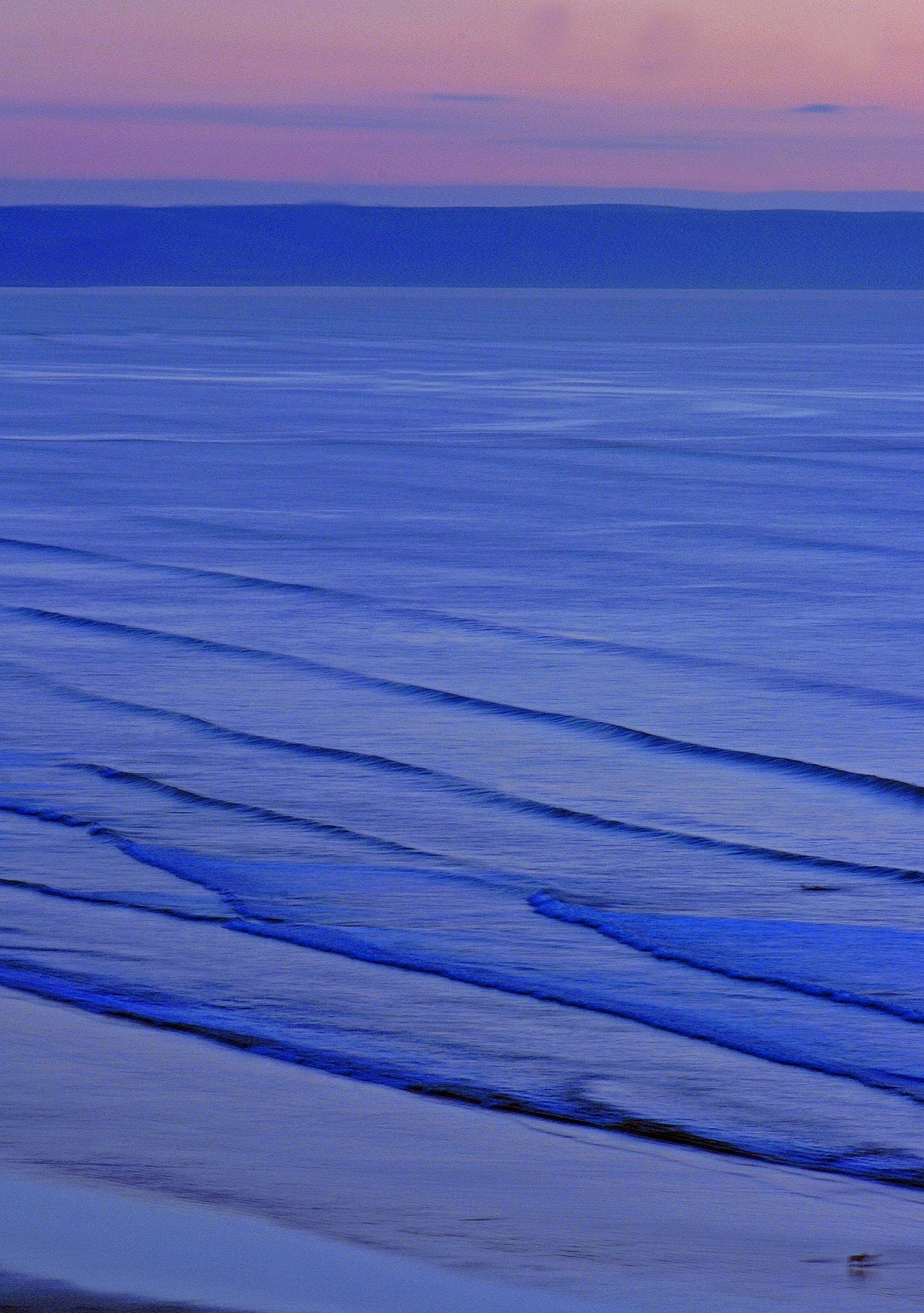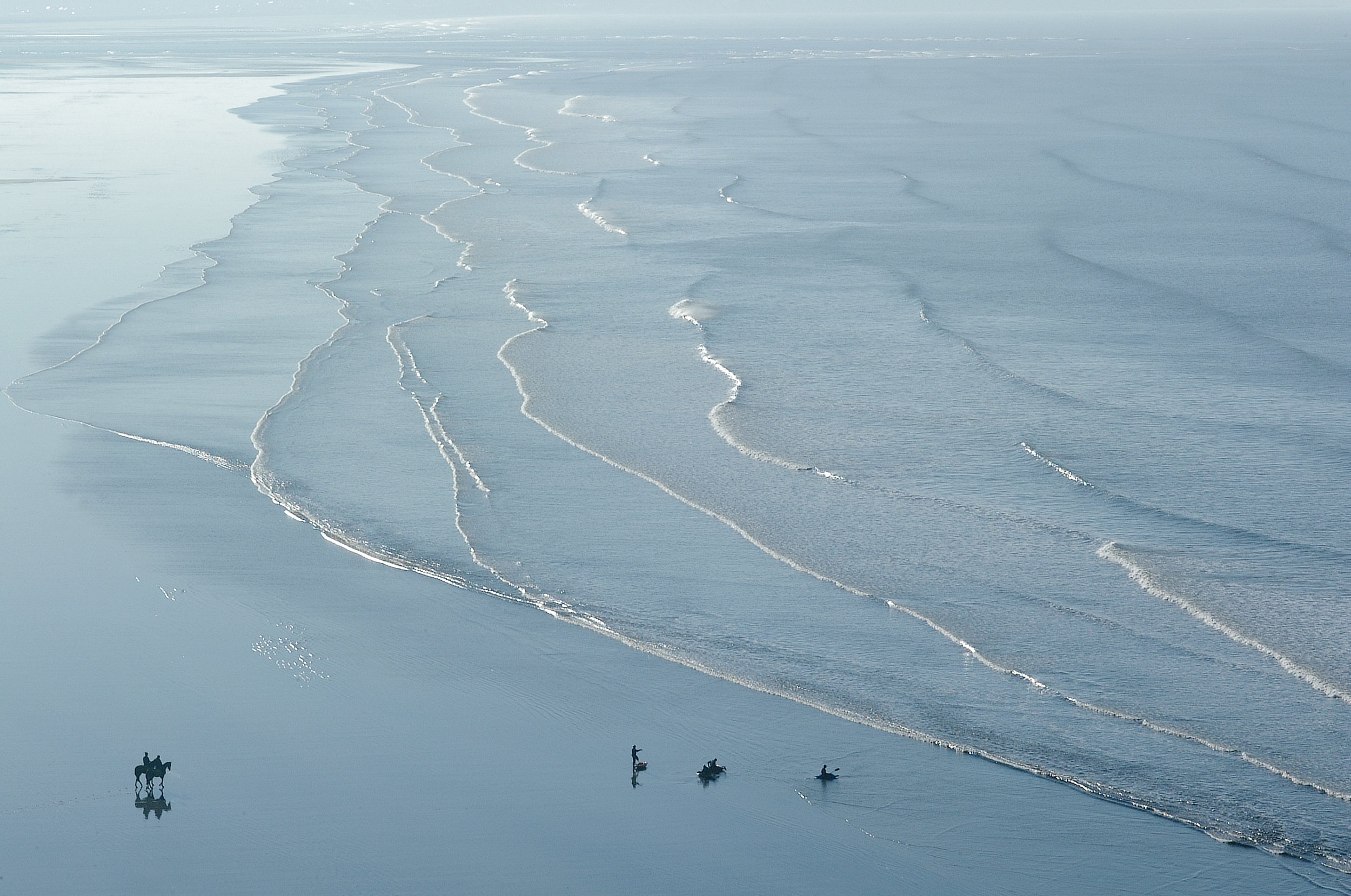Saunton Sands, Devon’s Iconic Beach
Once seen, never to be forgotten.
Stop in a lay-by on the Braunton to Croyde road and be stunned by this iconic view.
An extensive 4-mile stretch of compact sands cleansed by the rolling Atlantic waves. All overlooked by a giant rabbit warren, the Braunton Burrows.
Braunton Burrows is a 2,400 acre National Nature Reserve. An important Biosphere Reserve used for the study of evolving sand dunes and associated with plant ecology. The Reserve abounds in wildlife: foxes, rabbits, hedgehogs, moles, weasels, mink, shrews, lizards and voles. As well as butterflies, birds and rare plants. There is free public access except on days used for military training.
The beach and dunes were immortalised in the 1920s works of Henry Williamson: The Dream of Fair Women, The Pathway, Tarka The Otter and Salar The Salmon. The Sands were the film location in World War 11 for Vivien Leigh’s Cleopatra. It was later used as a practice ground for the US Normandy Landings of June 1944.
The surf is a popular location with long boarders and beginners. The slow breaks and flat beach ideal for this ever-popular sport. The sea is tainted by the proximity of the Taw and Torridge Estuary and can be coloured following heavy rains. There are better and cleaner beaches nearby for family fun. For many years I lived within ten minutes of this beach. For a bracing walk with family and dog on a Spring or Winter’s day few beaches can better the experience Saunton provides.
To discover more of the best beaches in Devon, visit out blog post here.


